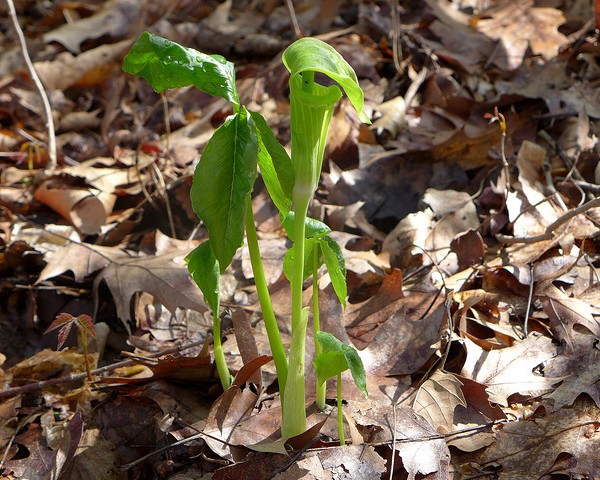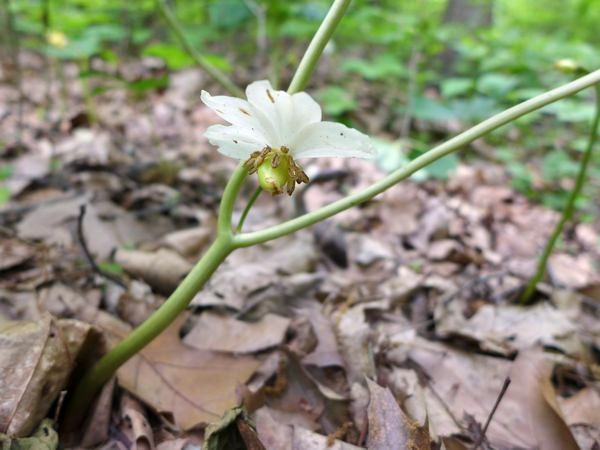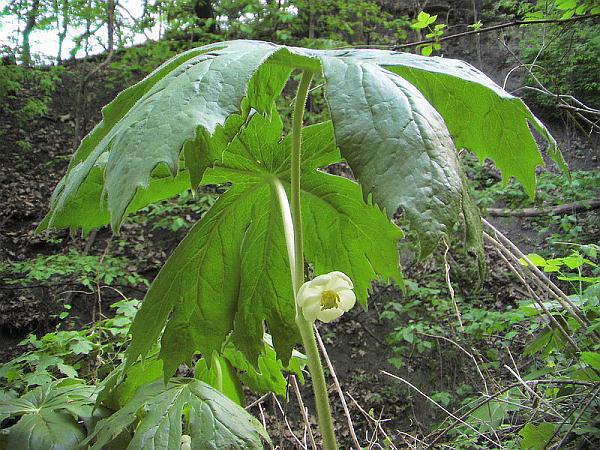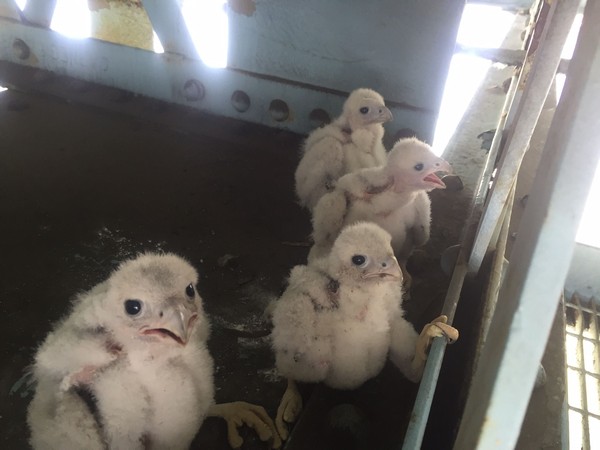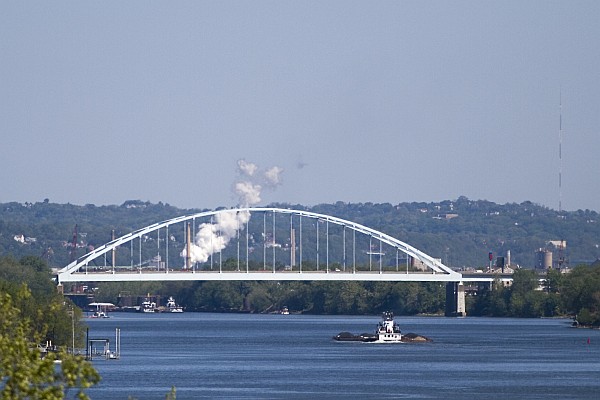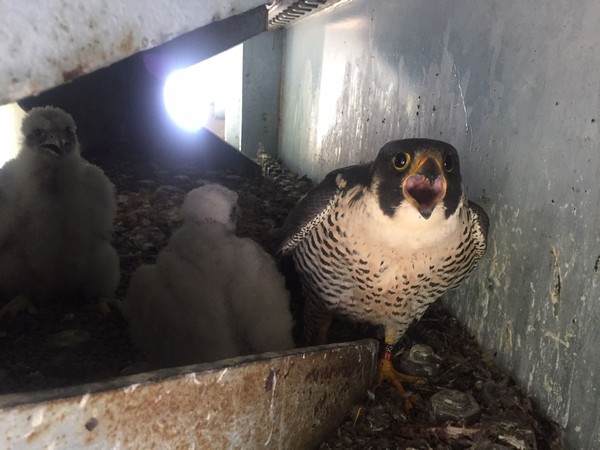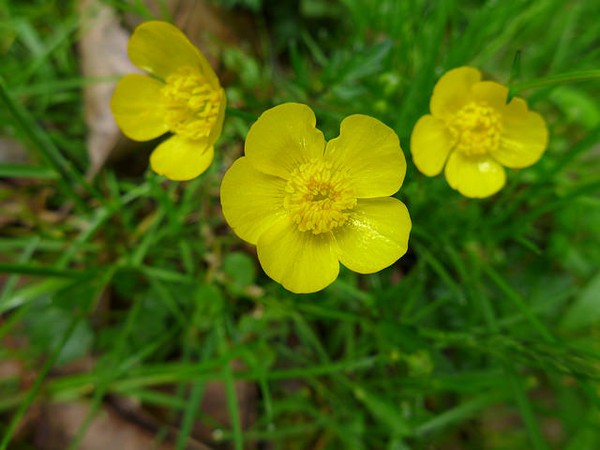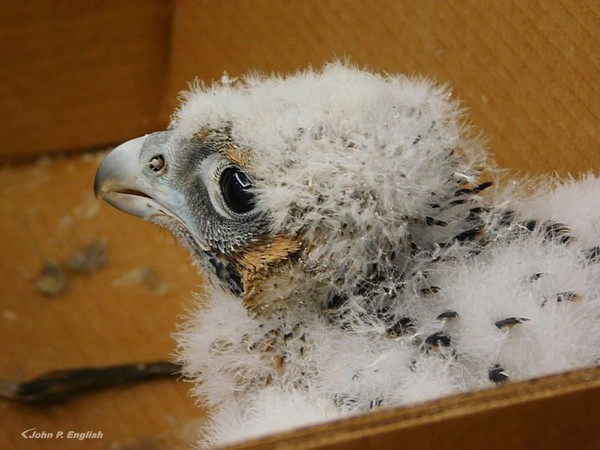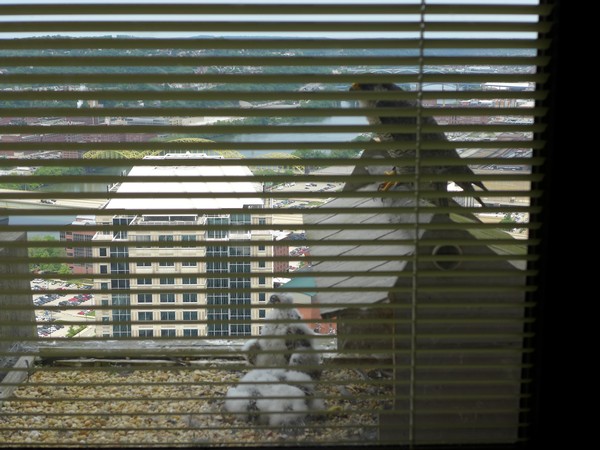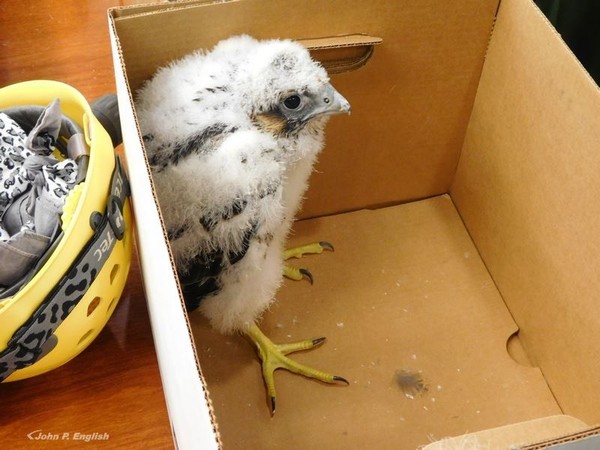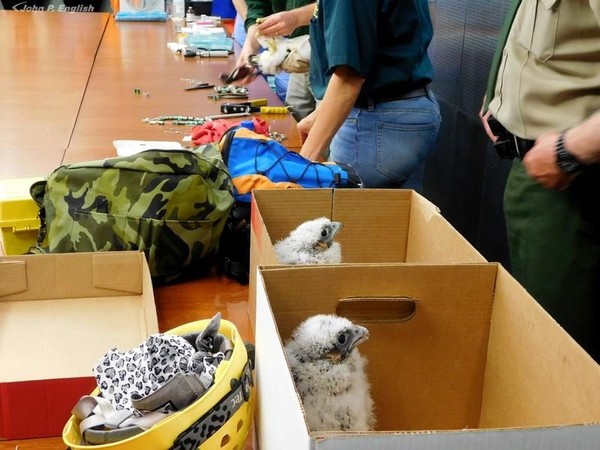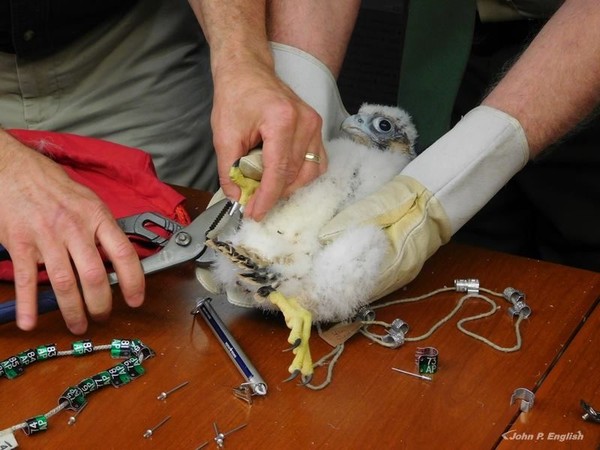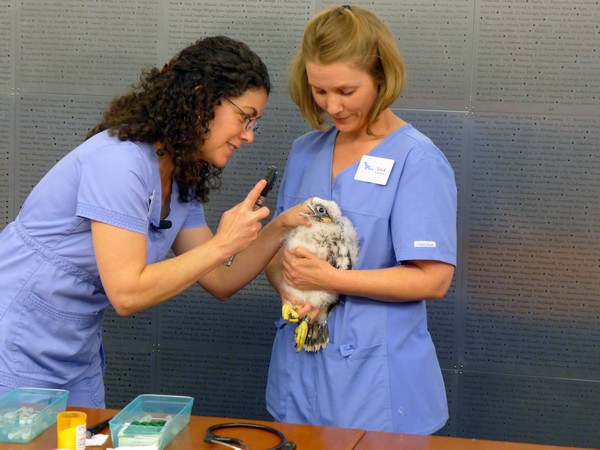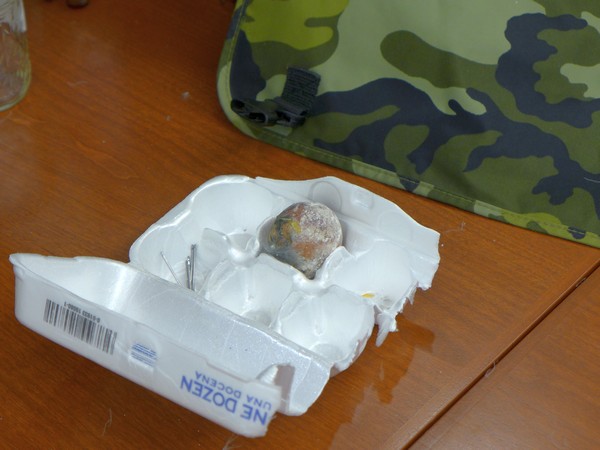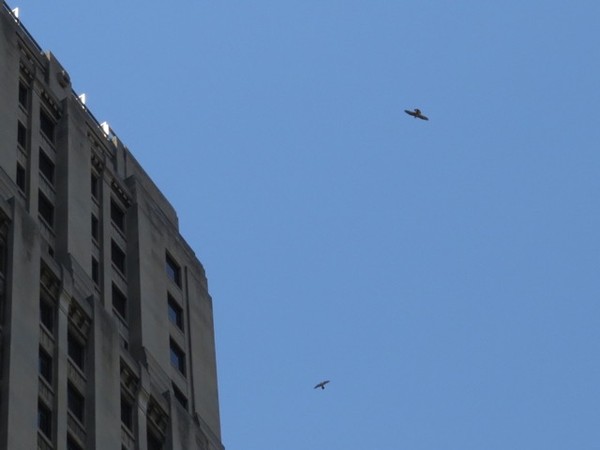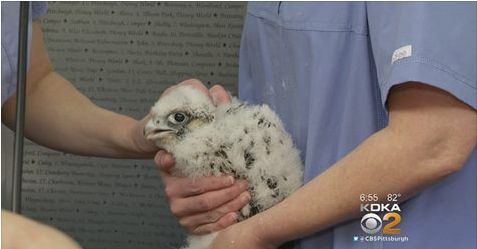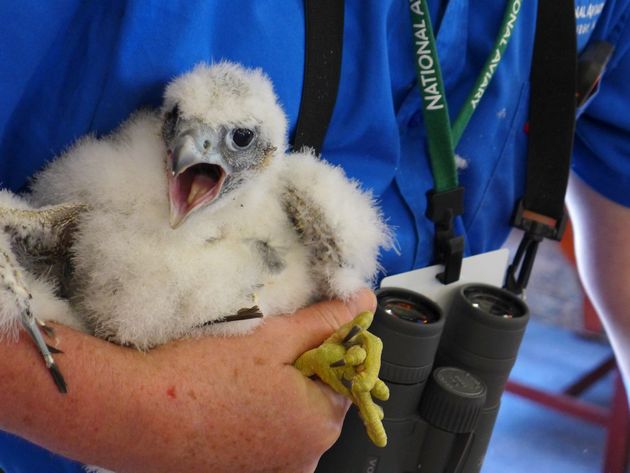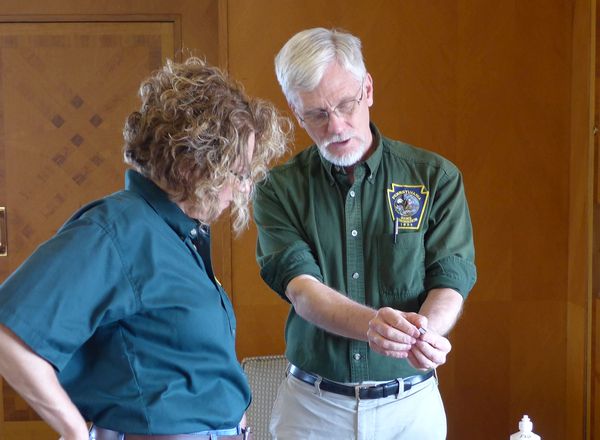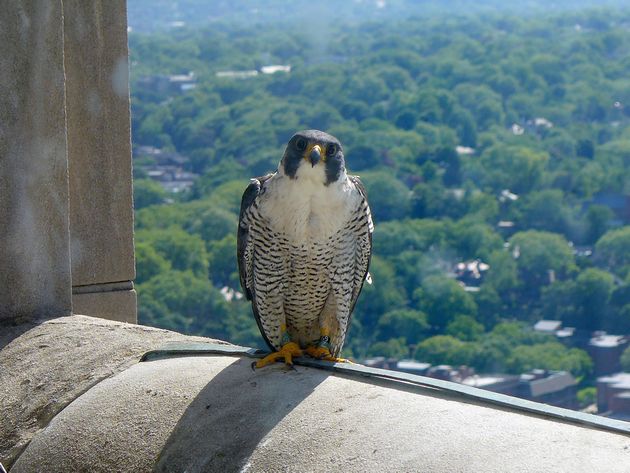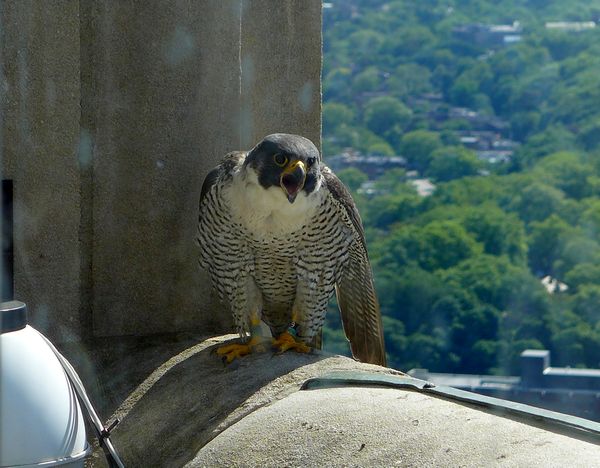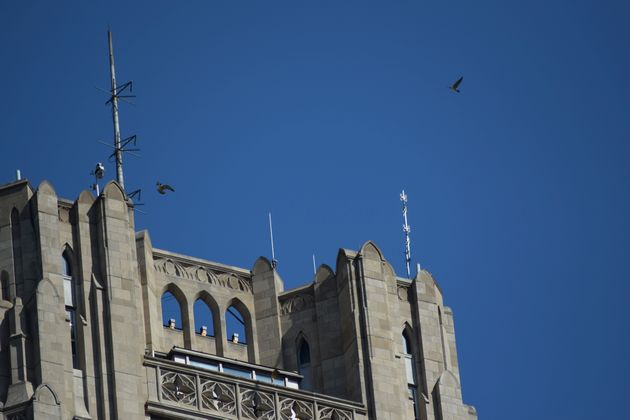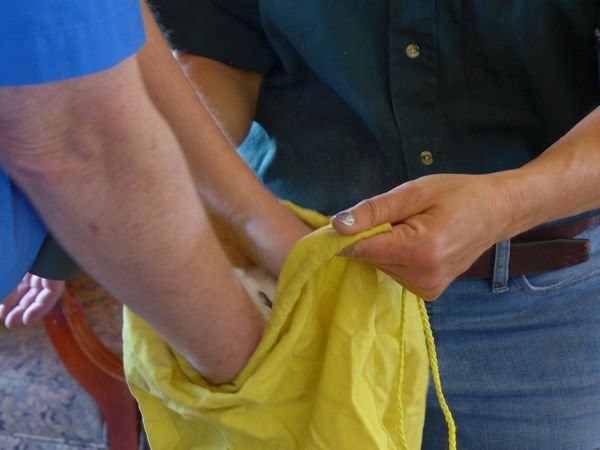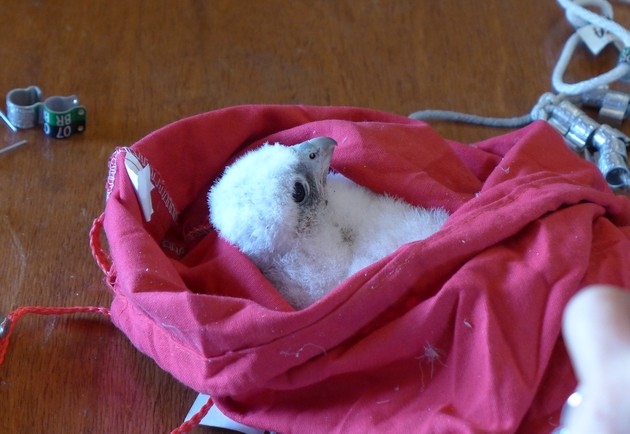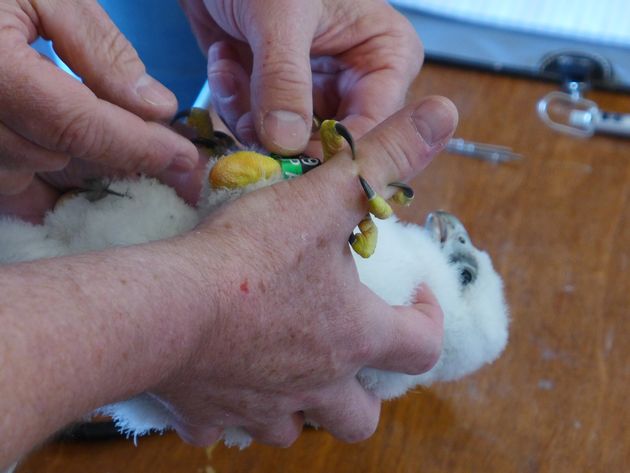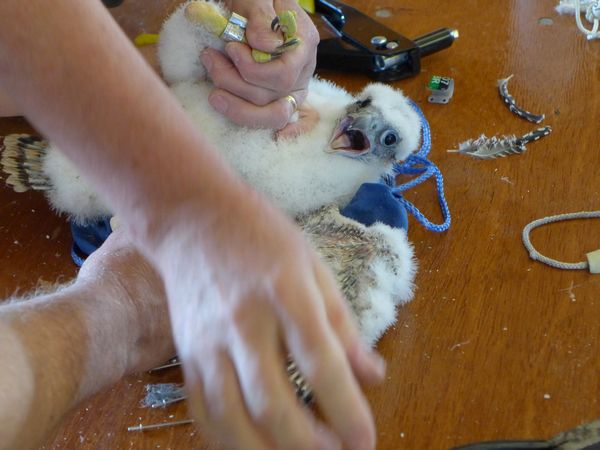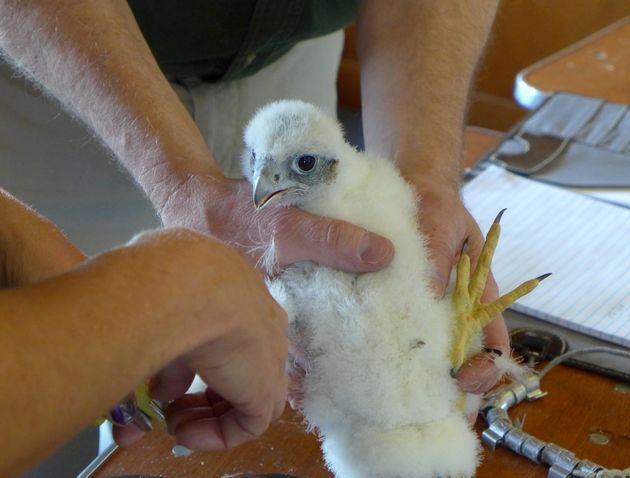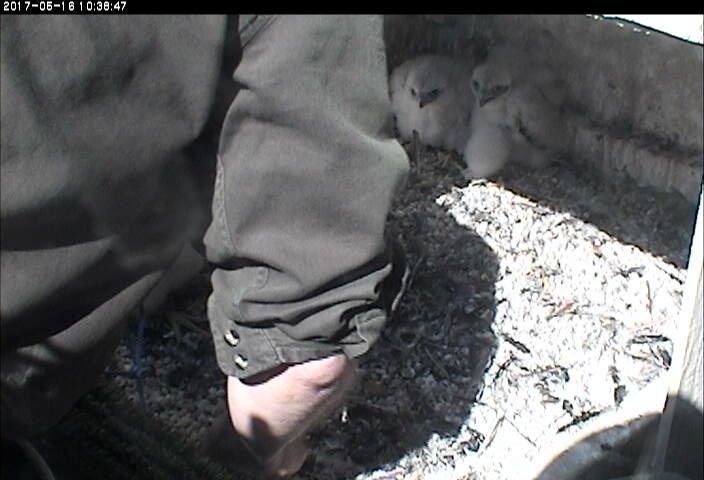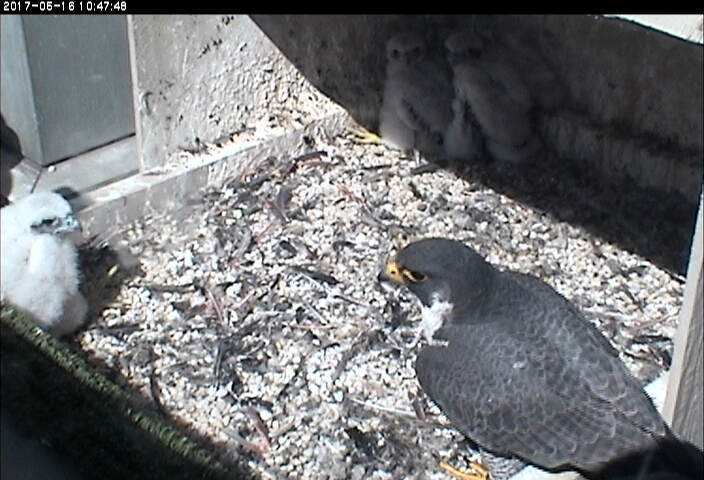
23 May 2017
In late May, you’ll see white fluff in the air as you search the sky for birds. It’s not dandelion fluff. This is cottonwood season.
The eastern cottonwood (Populus deltoides) grows in open and riparian habitats from the Rockies to the southeastern coast. Western Pennsylvania is on the eastern edge of their range.
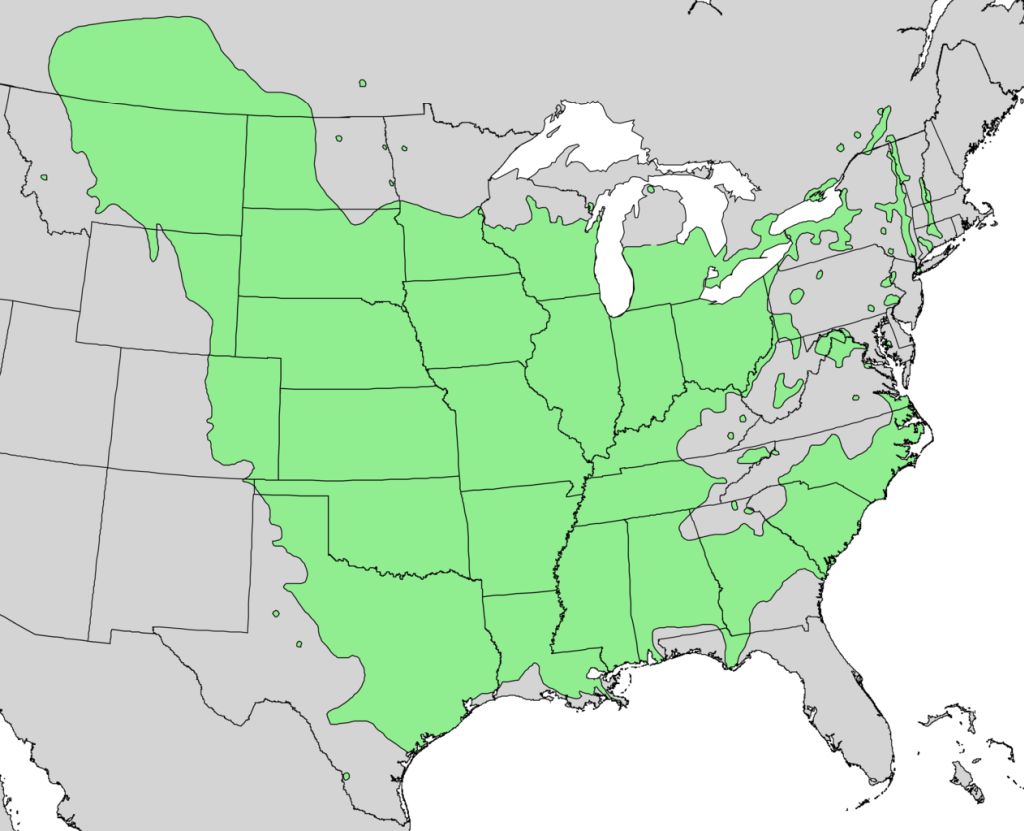
Cottonwoods are one of the fastest growing and largest trees in North America. Reaching up to 130 feet tall the trunk can be more than five feet across. The trees require bare soil and full sun to germinate so you usually see them out in the open, sometimes alone.

Their species name, deltoides, describes the leaf shape that looks a lot like aspens. Both trees are in the willow family.

In early spring cottonwoods sprout male and female catkins. The females are fertilized by wind-blown pollen and become drooping strings of seed capsules. In May the capsules burst open to release thousands of tiny seeds, each one attached to a bit of “cotton” that carries it on the wind. (The brown spots in this photo are seed capsule covers, not the seeds.)

The fluff breaks off and blows away but each tree is so prolific that in windless conditions, when the fluff falls straight to the ground, it looks like snow.
Do you want to see a lot of cottonwood fluff? Drive north on Route 528 from the bridge over Moraine State Park‘s Lake Arthur. Eventually cottonwoods are on both sides of the road.
There’s fluff in the air there!
(photo credits:
fluff on the ground by Chris Evans, University of Illinois, Bugwood.org
range map from Wikimedia Commons; click on the image to see the original
clump of cottonwood trees by Steven Katovich, USDA Forest Service, Bugwood.org
cottonwood leaves by T. Davis Sydnor, The Ohio State University, Bugwood.org
cottonwood seeds on the branch by Troy Evans, Great Smoky Mountains National Park, Bugwood.org)



